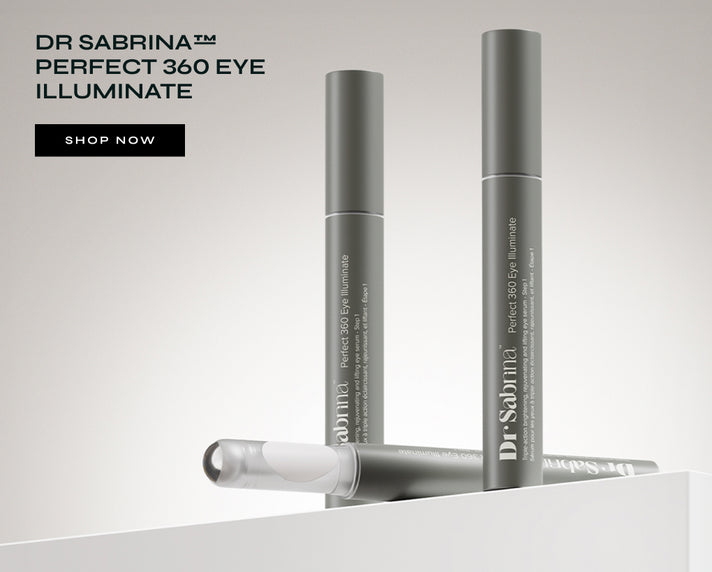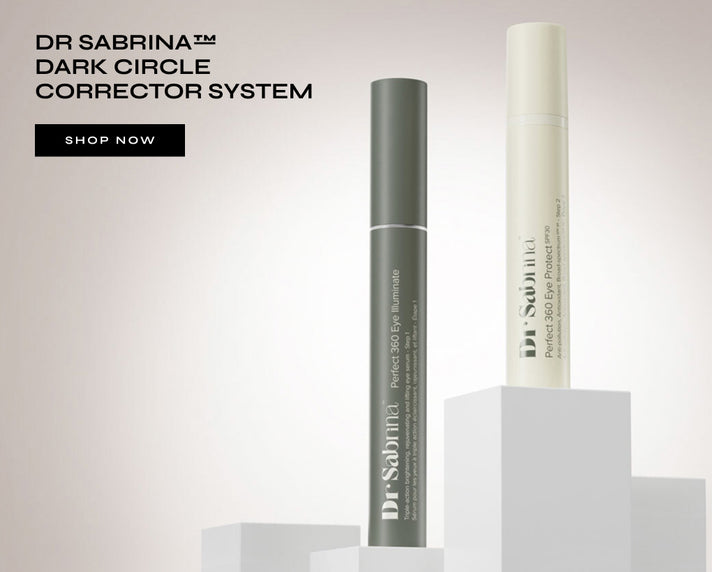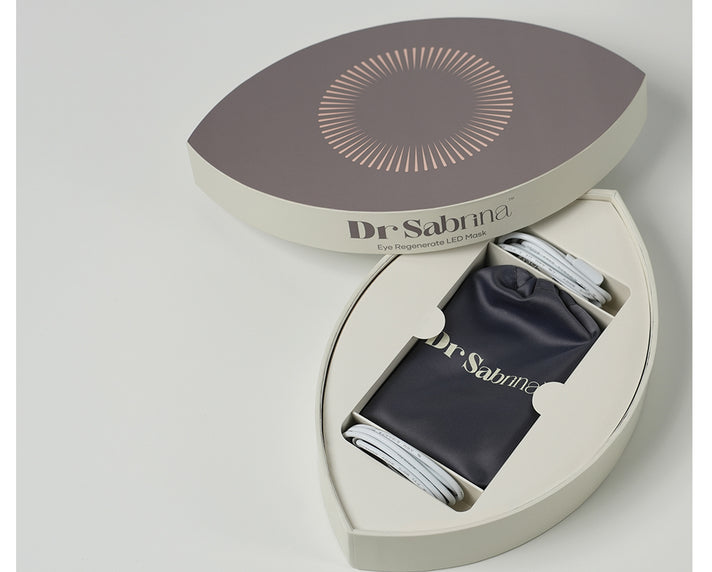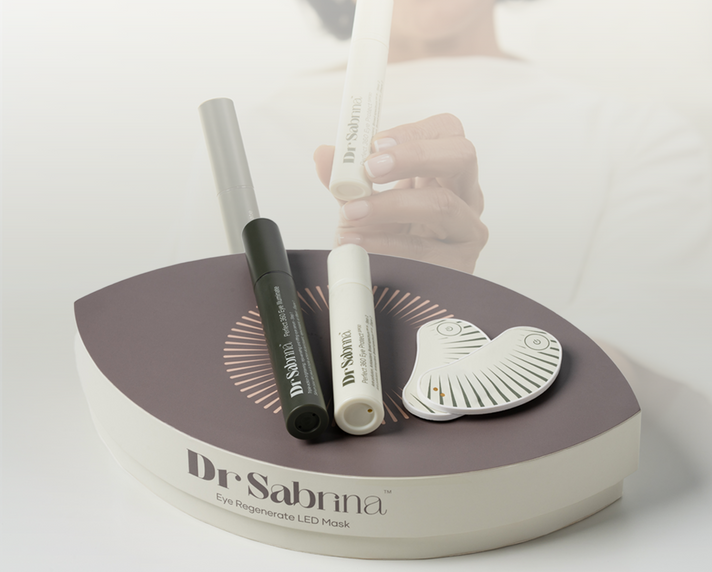LED Eye Patches
Dehydration Lines Under Eyes: Causes, Remedies, and Skincare

If you’ve recently noticed fine lines creeping up under your eyes, especially when you smile or after a long day, you might be seeing more than just early wrinkles. These subtle creases often have a simpler cause: dehydration lines under the eyes.
They may make your face look more tired, even when you’ve had enough rest, and can add years to your appearance. But the good news? With the right care and hydration, they can fade significantly.
In this guide, we’ll explore everything you need to know about dehydration lines under the eyes, how to distinguish them from wrinkles, and practical ways to restore your skin’s moisture and natural glow.
What Are Dehydration Lines Under Eyes?
Dehydration lines under the eyes are fine, shallow creases that appear when your skin lacks water. Unlike wrinkles, which result from ageing or collagen loss, dehydration lines form when the skin’s moisture barrier is compromised. Think of them as temporary folds; once the skin is rehydrated, they become far less visible.
The under-eye area is particularly vulnerable due to its thinner skin and fewer oil glands, making it more prone to dryness and fluid loss. This region can quickly show signs of fatigue or poor hydration, leading to dehydration under the eyes and under-eye skin. When left untreated, dehydration can make your under-eyes appear dull, flaky, and lined.
Understanding this difference is key; while wrinkles may need long-term anti-ageing treatments, dehydration lines often respond well to better hydration and barrier care. If you are wondering how to prevent under eye wrinkles, focusing on consistent hydration and targeted skincare routines can make a huge difference.
What Do Dehydrated Eyes Look Like?
You may wonder: what do dehydrated eyes look like? The most common signs include:
-
Fine, shallow lines that are more noticeable when you smile or squint.
-
A crepey or slightly rough texture around the lower eyelids.
-
A dull, tired look even when you’re rested.
-
Makeup creases easily under the eyes.
A simple way to test is to gently pinch the skin under your eye. If it doesn’t bounce back quickly or looks papery, it’s likely dehydrated under eye skin rather than ageing skin. Unlike wrinkles, these lines can fade once hydration improves.
Dehydrated under-eyes also make dark circles appear worse because the thin, dry skin allows blood vessels underneath to show more clearly, adding to a tired appearance. Using under eye patches for wrinkles can provide targeted hydration and help reduce both fine lines and puffiness over time.
Causes of Dehydration Lines Under Eyes
There’s no single cause for under-eye dehydration; it’s usually a mix of internal and external factors.
Internal Causes
1. Lack of water intake:
When the body is dehydrated, it quickly shows signs under the eyes.
2. Poor sleep:
Inadequate rest affects circulation and moisture retention.
3. A diet high in salt or caffeine:
Both can deplete hydration levels.
4. Stress and fatigue:
These can slow down cellular repair and affect your skin’s natural balance.
External Causes
1. Sun exposure:
UV rays damage the barrier, leading to moisture loss.
2. Climates:
In cold or dry climates, they draw water out of the skin faster.
3. Harsh skincare or over-cleansing:
Stripping the natural oils can weaken hydration levels.
Lifestyle Habits That Worsen Dehydration
Frequent long hours on screens, skipping moisturiser, or neglecting eye care can make dehydration lines under eyes appear prematurely. Simple changes like using a hydrating eye mask or adjusting bedtime routines can make a real difference over time.
Dehydration and Dark Circles
Ever wondered why dehydration dark circles appear even when you’re well-rested? Dehydration causes thinning skin, allowing the naturally darker blood vessels beneath to show through. It also reduces plumpness, making shadows appear deeper.
When your skin lacks hydration, dark circles and fine lines combine to exaggerate a tired look. Simple actions like increasing water intake, using cool compresses, and applying hydrating eye masks can minimise these effects quickly.
How to Hydrate Under Eyes
If you’re searching for solutions on how to hydrate under the eyes, a consistent skincare and lifestyle routine can restore balance.
Key Skincare Ingredients
-
Hyaluronic acid: A powerhouse humectant that draws water into the skin, immediately smoothing dehydration lines.
-
Ceramides: Strengthen the skin barrier and lock in moisture.
-
Peptides: Reinforce elasticity and boost firmness in the delicate under-eye area.
Home and Lifestyle Remedies
-
Drink at least 2 litres of water daily.
-
Cut down on caffeine and salty foods.
-
Get 7–8 hours of restorative sleep each night.
-
Apply a gentle, hydrating eye cream morning and night.
-
Use a humidifier to keep indoor air moist.
Hydrating TreatmentsHydration masks, professional facials, and polynucleotide-based treatments all help revive dehydrated under-eye skin. But one at-home method stands out for convenience and effectiveness: LED light therapy, such as the Dr Sabrina Eye Regenerate LED Mask This advanced LED mask helps stimulate collagen production, improve hydration, and visibly soften dehydration lines under eyes. It’s perfect if you want professional-grade rejuvenation in the comfort of your home. |
Professional Treatments for Dehydrated Under Eyes
When skincare routines and at-home remedies aren’t enough to relieve dehydrated under eyes, professional treatments can help restore moisture, strengthen collagen, and bring back a smooth, refreshed appearance. Dermatologists and aesthetic specialists offer a range of solutions that target the root cause of dehydration and improve overall skin texture and elasticity.
Let’s explore these professional options in detail:
1. Microneedling for Hydration and Collagen Boost
Microneedling involves using fine needles to create micro-channels in the skin, triggering your body’s natural healing response. This boosts collagen and elastin production, which are essential for firm and hydrated skin.
When combined with hyaluronic acid serums or polynucleotide solutions during treatment, the absorbed actives provide deep hydration and long-lasting plumpness to the under-eye area. Results often become noticeable within a few sessions, as the skin texture gradually strengthens and smooths out.
2. Polynucleotide (PN) Injections for Elasticity and Repair
Polynucleotides are bioactive molecules derived from DNA fragments that naturally repair and regenerate skin cells. When injected under the eyes, they strengthen the dermal structure, increase water retention, and enhance skin elasticity.
This makes them one of the best treatments for dehydrated under eye skin, particularly when accompanied by fine lines and crepey texture. Patients typically experience firmer, more luminous under-eye skin within a few weeks, as the treatment integrates with the body’s repair processes.
3. Under-Eye Fillers for Volume and Hydration
Hyaluronic acid-based fillers are widely used for restoring volume loss and improving hydration under the eyes. Besides filling hollows, they draw and retain moisture, making the skin look smoother and more supple.
When expertly administered, fillers can minimise both dehydration lines under eyes and the appearance of dark shadows. The effects are immediate and last between 9 and 12 months, depending on the filler type and individual metabolism.
4. Laser Hydration Therapy for Tone and Texture
Laser treatments, especially non-ablative ones like fractional lasers or gentle resurfacing lasers, help rejuvenate the dehydrated under-eye area by improving water retention and microcirculation.
They stimulate collagen fibres while simultaneously tightening the thin skin. This not only increases hydration but also enhances skin tone and radiance. Sessions are usually spaced a few weeks apart, with minimal downtime and cumulative improvement over time.
5. LED Light Therapy (At-Clinic or At-Home)
LED-based therapies use specific wavelengths of light to boost collagen formation, soothe inflammation, and improve hydration. Red and near-infrared lights are most beneficial for under-eye skin, as they penetrate deeper levels to stimulate repair and moisture balance.
Devices like the Dr. Sabrina Eye Regenerate LED Mask allow users to benefit from similar technology at home. Regular use can complement professional sessions and maintain results between appointments.
|
Ready for brighter, well-rested eyes without the fine lines? Give your under-eyes the hydration they deserve with the Dr. Sabrina Eye Regenerate LED Mask, your new secret to a glowing, youthful look! |
When to Consider Professional Help
If your under-eye area continues to look dull, lined, or hollow despite consistent skincare and sufficient hydration, it’s time to consult a dermatologist or licensed aesthetic clinician. They will
-
Assess whether you’re dealing primarily with dehydration, volume loss, or early ageing signs.
-
Customise treatments suited to your needs and skin condition.
-
Combine modalities for optimal results (for instance, fillers plus laser hydration).
Going professional ensures precision, safety, and faster improvement.
Prevention Tips for Healthy Under-Eye Skin
Daily habits make a big impact on keeping your under-eye area fresh and youthful.
Daily Hydration Habits
-
Drink enough water every day; aim for clear rather than flavoured drinks.
-
Include hydrating foods like cucumber and watermelon in your diet.
Skincare Do’s and Don’ts
-
Do: Use a lightweight, fragrance-free moisturiser under your eyes.
-
Do: Apply sunscreen daily to prevent UV-related dehydration.
-
Don’t: Rub or tug at the skin while removing makeup.
-
Don’t: Use harsh exfoliants around the eye area.
Long-Term Routine
Incorporate an under-eye treatment two to three times a week, and combine it with tools like the Dr Sabrina Eye Regenerate LED Mask for ongoing repair. Over time, these small but consistent steps protect your skin’s natural barrier and help prevent future dehydration lines.
Final Thoughts
Dehydration lines under the eyes are not permanent; they’re often your skin’s way of asking for hydration and care. With the right combination of daily habits, nourishing skincare, and professional guidance, you can restore elasticity and brightness to the delicate under-eye area. Consistency matters most; gentle hydration, proper sleep, and protection from sun or stress help maintain long-term smoothness.
FAQs
1. Are dehydration lines under the eyes permanent?
No, dehydration lines are not permanent. Once the skin is rehydrated with proper eye care products, moisturising ingredients like hyaluronic acid, and healthy hydration habits, these fine lines usually fade significantly.
2. Can dehydration lines make dark circles look worse?
Yes. Dehydration dark circles occur because a lack of moisture can thin the skin, allowing underlying blood vessels to show through more clearly. Hydrating treatments and enough water intake can reduce both lines and darkness.
3. How quickly can dehydration lines improve?
Mildly dehydrated under-eye skin can start to improve within a week of using hydrating products and increasing water intake. However, deeper lines may need 3–4 weeks or a combination of home care and professional treatments for visible change.
4. What’s the best ingredient to hydrate under the eyes?
Look for formulas containing hyaluronic acid, peptides, and ceramides. These ingredients help attract and retain moisture while supporting the delicate under-eye barrier.















